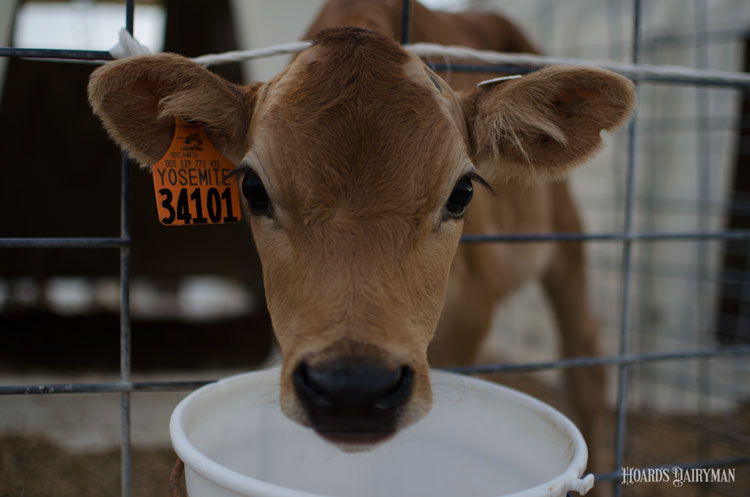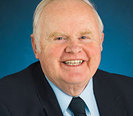
Especially in cold weather states, it has been common for calf feeders to bump up fat levels in calf diets during the winter to account for added energy required by calves to maintain body temperature. That is in fact one of the best solutions for aiding calves in what scientists call thermoregulation or keeping the body temperature stable.
Miner Institute’s Kayla Hultquist reminded farmers in a recent Miner Institute Farm Report that this added fat should be phased out during summer months.
“Producers should consider feeding a lower fat milk replacer to maximize feed efficiency and lean growth in their calves during the summer months,” she said.
Her conclusion was based on a Miner Institute study last summer that determined the effect of added fat in milk replacer on calves. The study looked at 60 calves fed one of three liquid milk rations. Some of the calves received a 26 percent crude protein milk replacer with 18 percent fat and 13 percent solids. The test group received that same milk replacer with fat added at 1.2 percent of total reconstituted milk replacer only on days over 78°F. The fat-added milk replacer was fed on 73 of 122 of the study’s days in the temperature-based group. A final control group was fed the fat-added milk replacer throughout the feeding period.
Hultquist explained that the higher fat diets aided calves in putting on weight, as average daily gains from day 2 to 43 were greater for all calves that received fat supplementation compared to those on the lower fat milk replacer. By day 57, the lower milk replacer group made up that discrepancy and all groups were similar in average daily gain, hip height, and hip width change.
The researchers suggested that calves on the fat-added milk replacer diet stored the added energy as fat rather than using it for lean growth. These calves also had higher body condition scores. Therefore, feed efficiency, as calculated by gain per feed, was better for the 57-day trial in calves that received the lower fat milk replacer.
For farms that feed that high fat winter ration to aid calves in thermoregulation, those rations are better off phased out during the warmer summer months to take advantage of feed efficiency benefits of the more moderate fat supplementation rates.

The author is an associate editor. She covers feeding and nutrition, youth activities and heads up the World Dairy Expo Supplement. Maggie was raised on a 150-cow dairy near Valley Center, Kansas, and graduated from Kansas State University with degrees in agricultural communications and animal sciences.

“On-farm feed diagnostics"
Hosted by Mike Hutjens, University of Illinois







